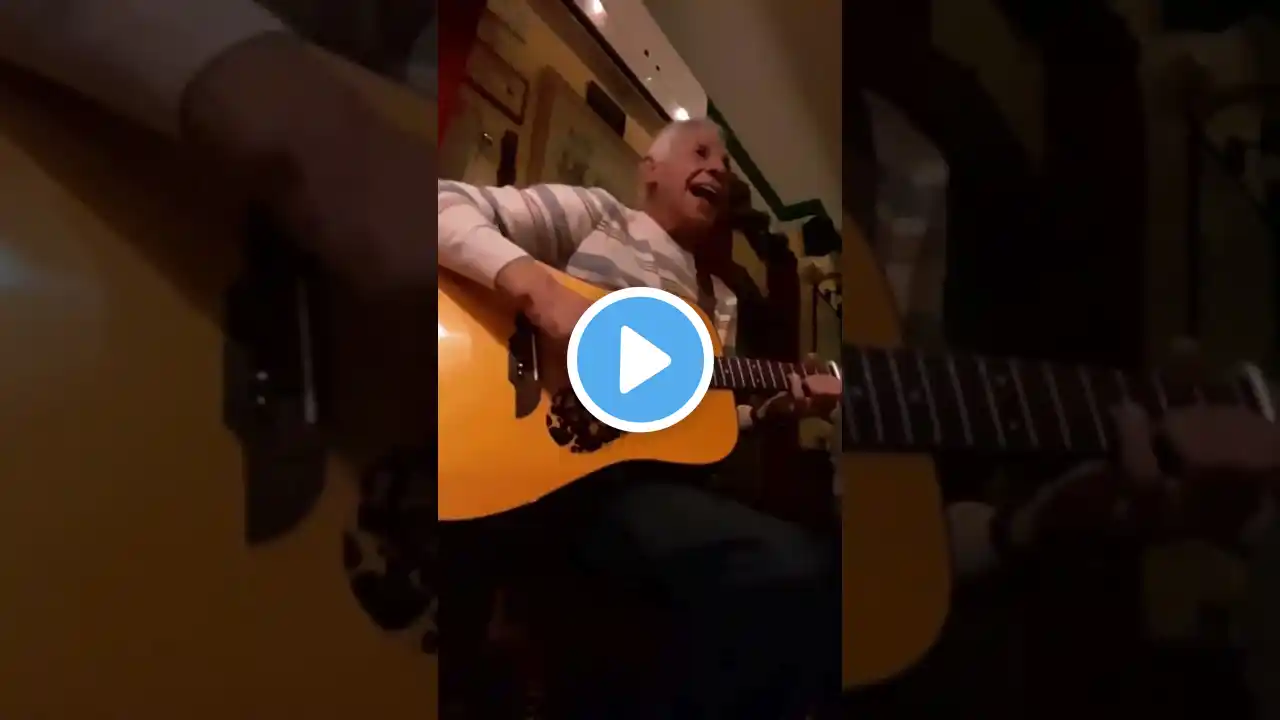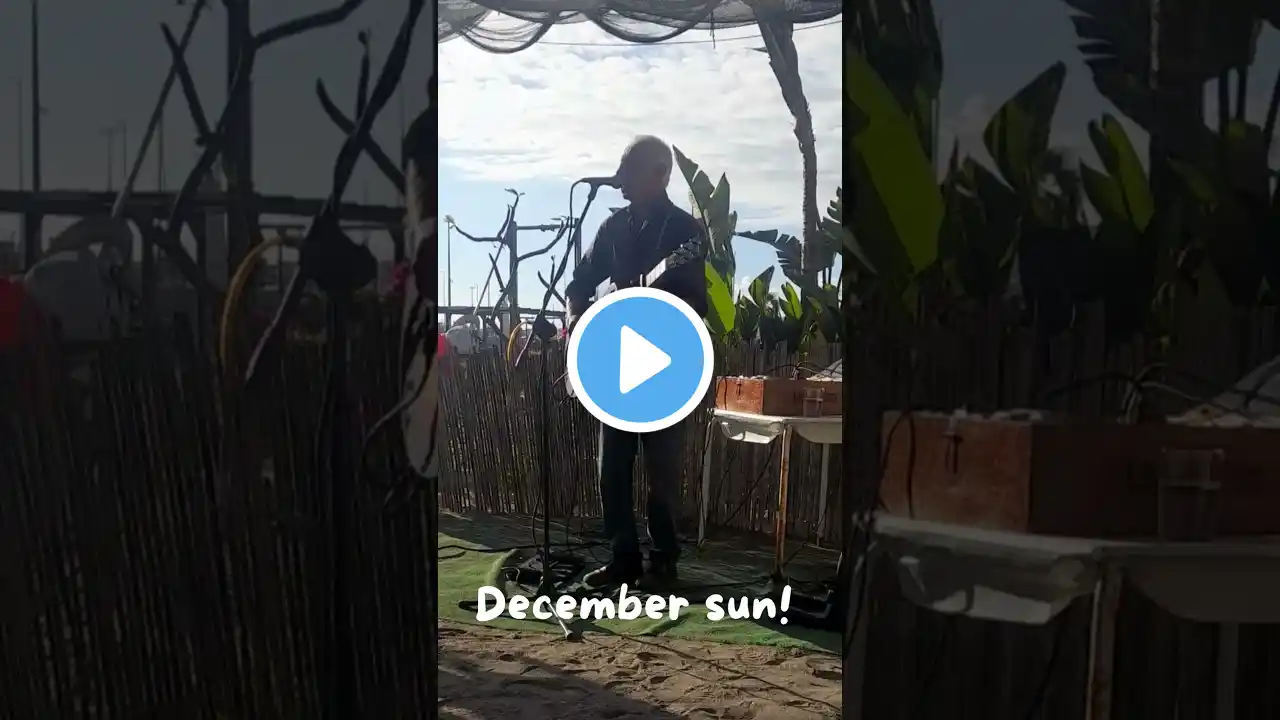
The Beatles Here Comes the Sun Covered by Martin Philp
"Here Comes the Sun" is a song by the English rock band the Beatles from their 1969 album Abbey Road. It was written and sung by George Harrison, and is one of his best-known compositions. Harrison wrote the song in early 1969 at the country house of his friend Eric Clapton, where Harrison had chosen to play truant for the day to avoid attending a meeting at the Beatles' Apple Corps organisation. The lyrics reflect his relief at the arrival of spring and the temporary respite he was experiencing from the band's business affairs. The Beatles recorded "Here Comes the Sun" at London's EMI Studios in July and August of 1969. Led by Harrison's acoustic guitar, the track features a Moog synthesiser, which he had introduced to the band's sound after acquiring an early model of the instrument in California. Reflecting the continued influence of Indian classical music on Harrison's writing, the composition includes several time signature changes. "Here Comes the Sun" has received acclaim from music critics. Combined with his other contribution to Abbey Road, "Something", it gained for Harrison the level of recognition as a songwriter previously reserved for his bandmates John Lennon and Paul McCartney. "Here Comes the Sun" was the track used to promote the 50th anniversary reissue of Abbey Road in 2019. It peaked at number 3 on the US Billboard Hot Rock Songs chart at that time and has since been certified triple platinum for UK sales since 2010. As of 2024, it is the most streamed Beatles song on Spotify globally. Harrison played the song during many of his relatively rare live performances as a solo artist, including at the Concert for Bangladesh in 1971 with accompaniment by Pete Ham, and as a duet with Paul Simon during his appearance on Saturday Night Live in 1976. Richie Havens and Steve Harley & Cockney Rebel each had hit singles with "Here Comes the Sun" in the 1970s. Nina Simone, George Benson, Booker T. & the M.G.'s, Peter Tosh and Joe Brown are among the many other artists who have covered the song. Background and inspiration Hurt Wood windmill in Ewhurst, Surrey. Harrison wrote "Here Comes the Sun" in the garden at nearby Hurtwood Edge. The early months of 1969 were a difficult period for Harrison: he had quit the Beatles temporarily, he was arrested for marijuana possession, and he had his tonsils removed. Writing in Oz magazine at the end of the year, Barry Miles commented on the "isolated life" of the individual Beatles, with "George strangely upset by his bust, uncertain about his friends but singing Hare Krishna." Harrison wrote "Here Comes the Sun" at the house of his friend Eric Clapton, in response to the dark mood surrounding the Beatles. Harrison states in his autobiography, I, Me, Mine: "Here Comes the Sun" was written at the time when Apple was getting like school, where we had to go and be businessmen: 'Sign this' and 'sign that.' Anyway, it seems as if winter in England goes on forever, by the time spring comes you really deserve it. So one day I decided I was going to sag off Apple and I went over to Eric Clapton's house. The relief of not having to go see all those dopey accountants was wonderful, and I walked around the garden with one of Eric's acoustic guitars and wrote "Here Comes the Sun". Recalling the song's creation in Martin Scorsese's 2011 documentary George Harrison: Living in the Material World, Clapton said that he himself would never walk around outside playing guitar but "this is what George brought to the situation." Clapton added: "He was just a magical guy and he would show up, get out of the car with his guitar and come in and start playing ... I just watched this thing come to life. I felt very proud that it was my garden that was inspiring it."[ Clapton's house at the time was Hurtwood Edge, in Ewhurst, Surrey,[9] and he later said the month was possibly April.[8] Data from two meteorological stations in the London area show that April 1969 set a record for sunlight hours for the 1960s. The Greenwich station recorded 189 hours for April, a high that was not beaten until 1984. The Greenwich data also show that February and March were much colder than the norm for the 1960s, which would account for Harrison's reference to a "long, cold, lonely winter". In his 1969 interview with reporter David Wigg for the BBC Radio 1 series Scene and Heard, subsequently included on the 1976 album The Beatles Tapes, Harrison recalled that, due to the many business meetings, he had not played guitar for a couple of weeks, "And the first thing that came out was that song." He completed the song's lyrics in June, while on holiday in Sardinia



